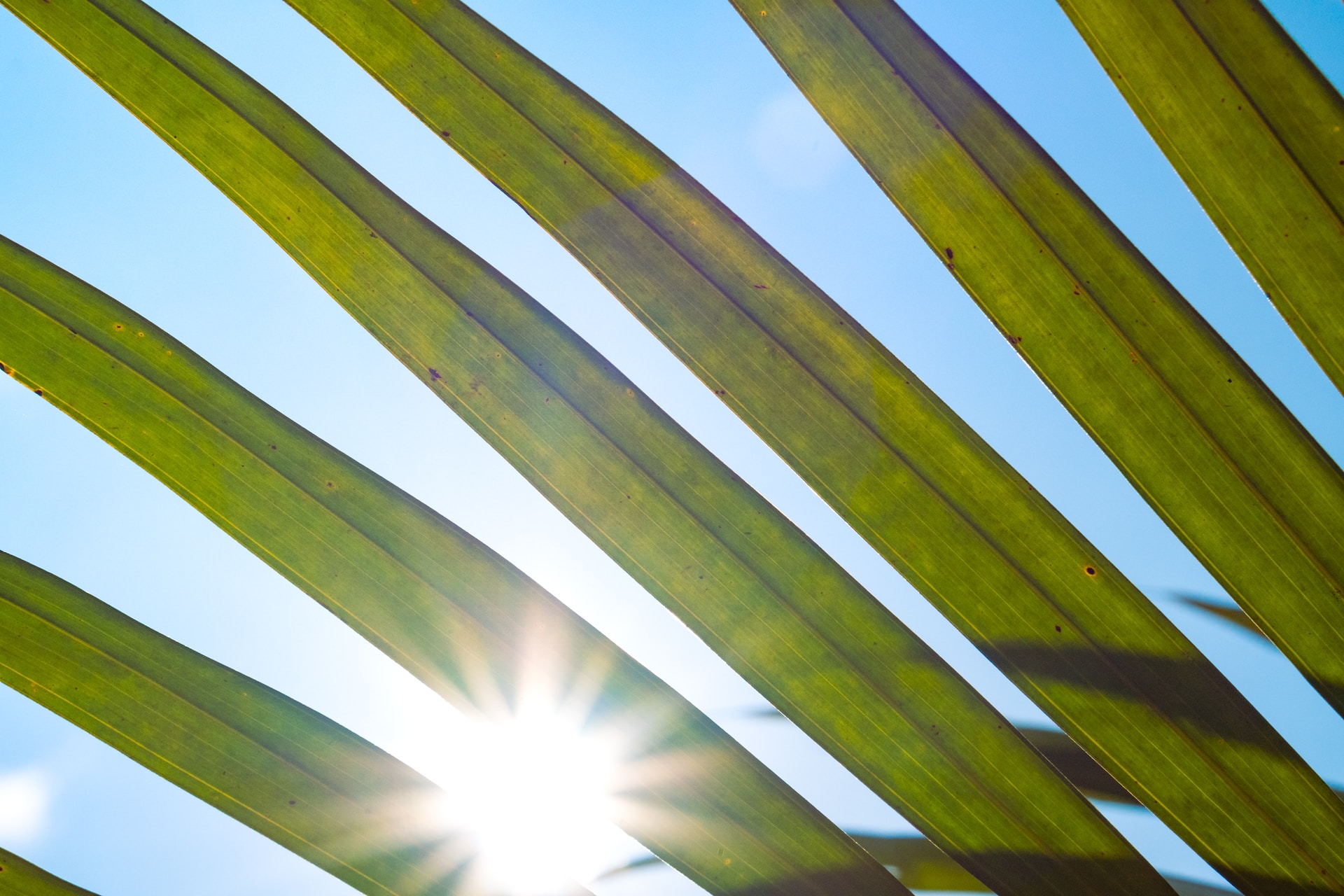In the vast sprawl of concrete jungles, amidst the hum of traffic and the chatter of daily life, evolution is at play. While urbanization is often associated with environmental challenges, it also presents a unique opportunity to observe how nature adapts to human-made habitats. A recent study led by a team of Japanese researchers sheds light on an unexpected player in this evolutionary narrative: the creeping woodsorrel plant, known scientifically as Oxalis corniculata.
Urban Heat Islands: Not Just a Human Concern
The rapid rise of urban environments, characterized by heat-retaining surfaces like asphalt and concrete, has given birth to ‘urban heat islands’—areas with significantly higher temperatures than their surroundings. While the effects of such heat stress on animals have been the subject of numerous studies, its impact on plant evolution has largely remained in the shadows.
To delve into this lesser-known territory, Associate Professor Yuya Fukano from Chiba University’s Graduate School of Horticulture spearheaded a study focusing on the creeping woodsorrel’s leaf color variations. This globally widespread plant displays a spectrum of leaf colors from green to red, believed to be an evolutionary response to environmental stressors.
Red vs. Green: A Battle for Survival
At the heart of this color variation is anthocyanin, a red pigment. This pigment acts as a protective shield, helping the plant combat heat and light-induced damage. “What intrigued us was the prevalence of red-leaved creeping woodsorrel near urban impervious surfaces, in stark contrast to its green-leaved counterparts more commonly found in city green spaces and farmlands,” Dr. Fukano explains.
After extensive field observations across urban and non-urban landscapes, both locally in Tokyo and globally, the team identified a consistent pattern: urbanization seemed to favor the red-leaved variant of the plant.
The next step was to understand why.
Experimenting with Evolution
In a series of controlled experiments, the researchers put both color variants to the test, exposing them to different temperature conditions. The results were telling: red-leaved variants showcased superior growth and photosynthetic efficiency in hotter environments, typical of urban areas. In contrast, the green-leaved variants were champions in cooler, more vegetative areas.
Dr. Fukano emphasizes the significance of their findings, stating, “It’s a live demonstration of evolution in action, right in our urban backyards.”
Further genome-wide analyses revealed another twist in the tale: the red-leaf variant of the creeping woodsorrel likely evolved multiple times from its green-leaved ancestor, adapting repeatedly to its changing environment.
Beyond the Color Spectrum
While the color variations in the creeping woodsorrel provide a vivid example, Dr. Fukano believes the implications of their research go far beyond. “Urban heat islands serve as a microcosm for global warming. By understanding how plants rapidly adapt to such environments, we can gain insights into sustainable crop production and broader ecosystem dynamics.”
As urban areas continue to expand, understanding these adaptations becomes increasingly crucial. The creeping woodsorrel’s tale serves as a poignant reminder that even in the heart of concrete jungles, nature finds a way to evolve, adapt, and thrive.
©globalgreenhouse.eu

